What Is The Business Process In SAP SD?
4.9 out of 5 based on 11236 votesLast updated on 14th Feb 2023 10.48K Views
- Bookmark

With SAP SD Online Training you can learn the essentials and proceed in the field of SAP SD development.
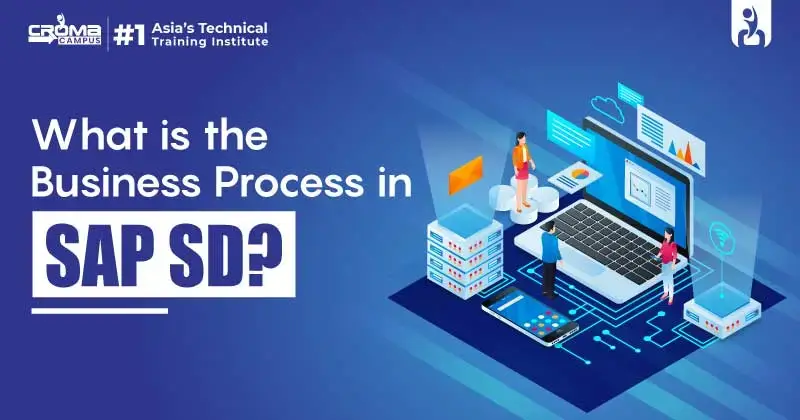
Introduction:
Every organization either offers services or sells products. In order to proceed in this process, an organization has to perform some interrelated activities. This series of activities is known as a business process. Starting of one activity mainly depends upon the completion of the previous activity or multiple activities performed in parallel. Every organization has different departments. Each department usually performs a particular set of activities or tasks. The business structures make use of SAP for processing data and sharing information. SAP typically helps in keeping track of all the activities, streamlines, and shares up-to-date information.
What is SAP SD?
SAP SD supports the complete order-to-cash process chain. Starting from customer inquiry to sales orders to product delivery or even to the customer's preferred location, adding invoicing and payment collection. To better understand its structure SAP SD Training Institute in Delhi can help you better in gaining expertise in this module.
SAP SD is basically designed to handle the company's sales and distribution processes on a daily basis. A business can plan and carry out the steps essential in receiving sales orders, executing availability checks, and more. Its processes mainly include completing the supply chain with the requirements derived from sales predictions; and further converting them to expertise production planning, scheduling, production scheduling, and lastly purchasing. The materials then move to the distribution end of the sales activities, which mainly includes shipping, transportation planning, yard management, warehousing, and also inventory management
The Process in SAP SD Module:
Accessing the Pre-sales Activity -
On a general basis, before initiating a sales process, the business requires to collect basic data and develop master records in the system. For both existing and potential customers and create data for people, sales prospects, and also existing customers. Once this is made, the actual contact or sales deal with the sales prospects is made and recorded as an SAP ERP SD document in the form of an inquiry or quotation. You can also specify certain sales-related data for reporting purposes, to evaluate sales activities and marketing funds management.
Processing Sales Order -
Order processing basically starts with recording the actual sales order or sales request. Sales orders mainly are recorded by Back-office staff or sales team or maybe at times directly. It generally happens by the customer via a web application, or electronic data interchange (EDI). or maybe an XML interface. The sales order mainly contains the customer, partner, quantity, material pricing, delivery date, and shipping and transportation information necessary for delivery. Material/ Product availability check happens at the time of the order creation.
Delivery Processing -
On the shipping due date, it decides the delivery documents and the route to take. It also includes the process of picking, packing, staging, and initiating loading in Warehouse Management. The transfer order also includes data copied from the related delivery document. Transfer orders process to printed pick tickets or in electronic form using radio frequency (RF) devices on the warehouse floor. After activating the transportation management functionality, you can start collaborating with other service providers. Also, start the tendering process, and finish creating the shipment cost document, which captures the payable activities of goods delivery to your customers.
Billing & Revenue Recognition, Reporting -
The final step before collecting a customer’s payment is generating a billing document or invoice to send to the customer’s payment request. In addition to the delivery document, data is brought from either the sales document or the delivery document and other billing documents, creating credit or debit memos. Further, Account determination happens after creating the billing document. Further, it updates the document after shipping the goods and also revises the stock status. The transportation service provider purchase order includes the incoming payment from the customer.
Finally, all activities in the SAP SD process end up showing in the system as documents, master data, and pricing records. And later used as a foundation for the Sales Information System (SIS) for further analysis.
Conclusion:
You can see the overall process flow in the SAP SD. It certainly requires adequate SAP training and expertise to function efficiently in this module. With SAP SD Online Training you can learn the essentials and proceed in the field of SAP SD development. Thus, SAP SD is widely in use across industries, and acquiring a good knowledge of this profile will help you grow in your career.
Subscribe For Free Demo
Free Demo for Corporate & Online Trainings.
Your email address will not be published. Required fields are marked *
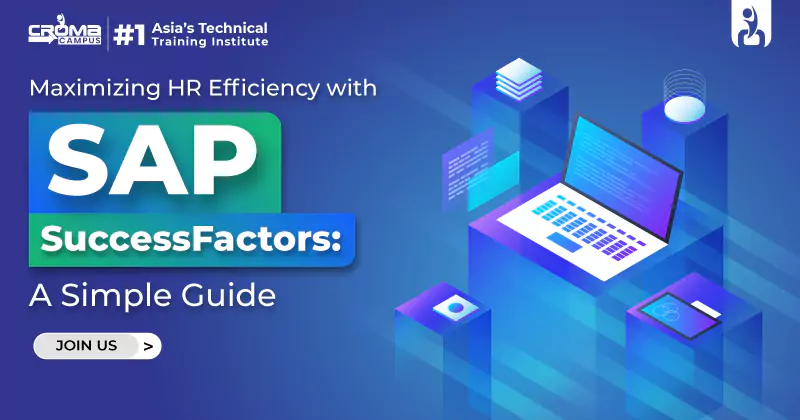
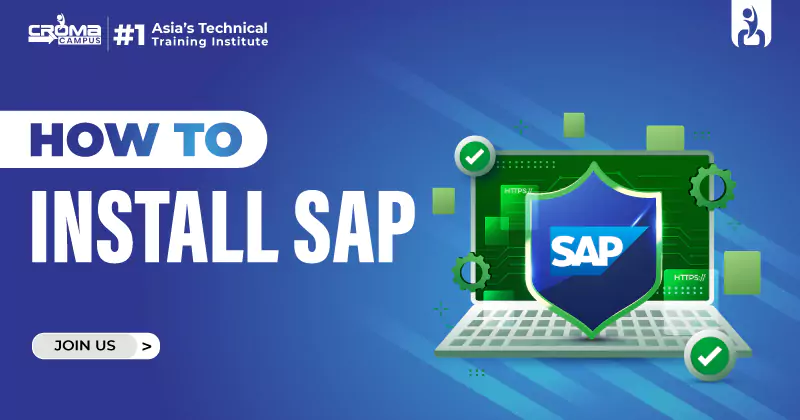
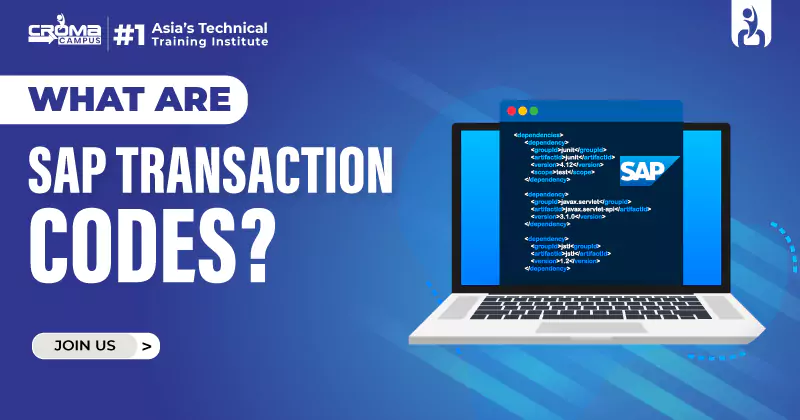
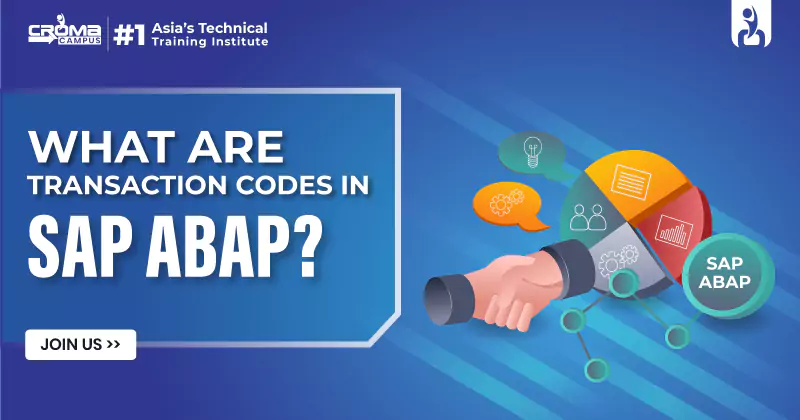
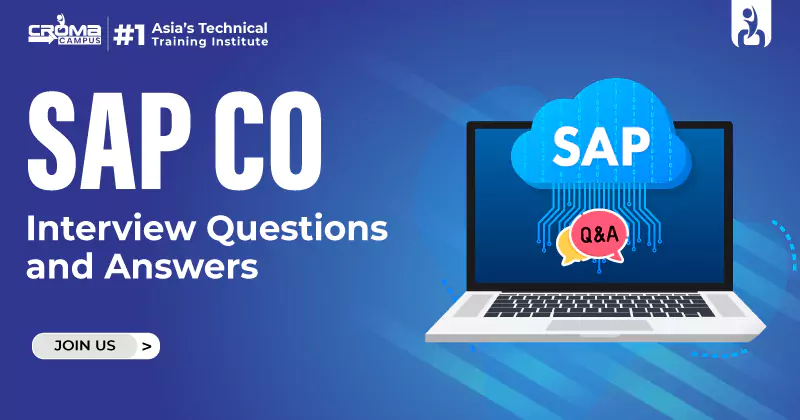
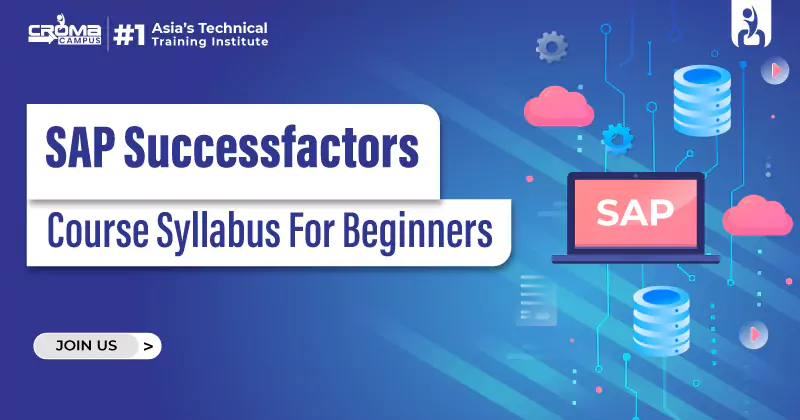
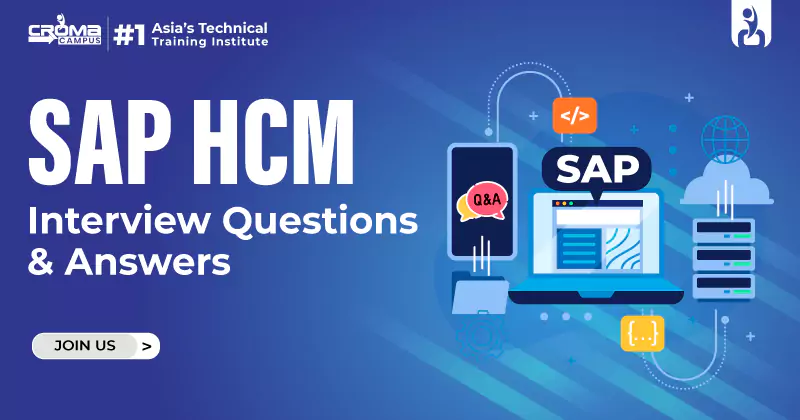
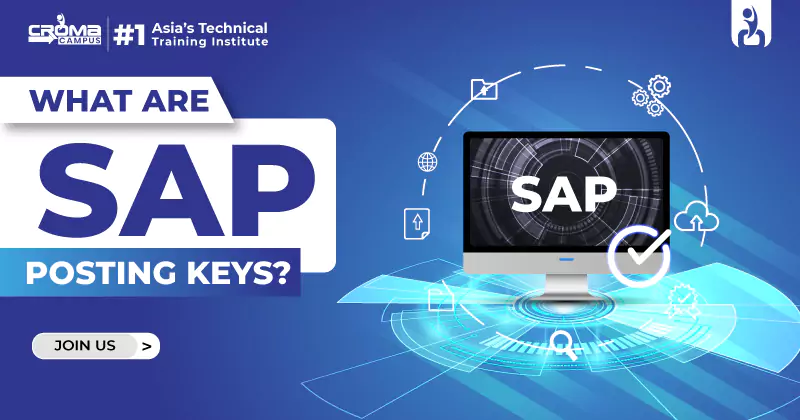
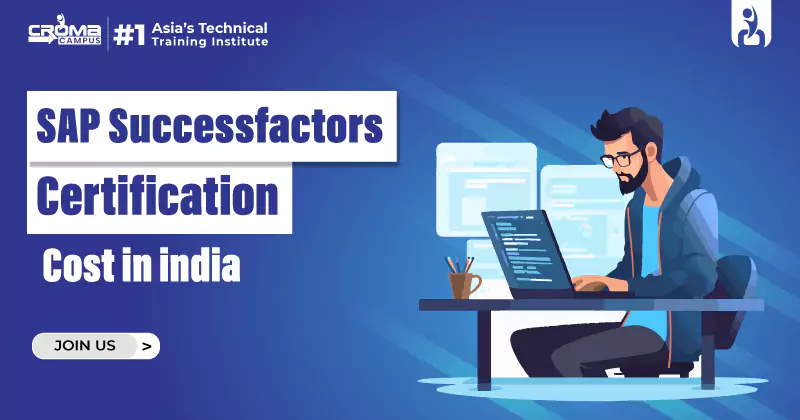
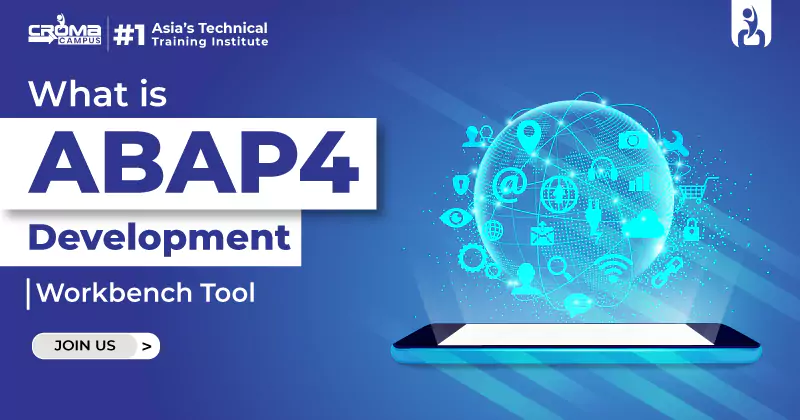
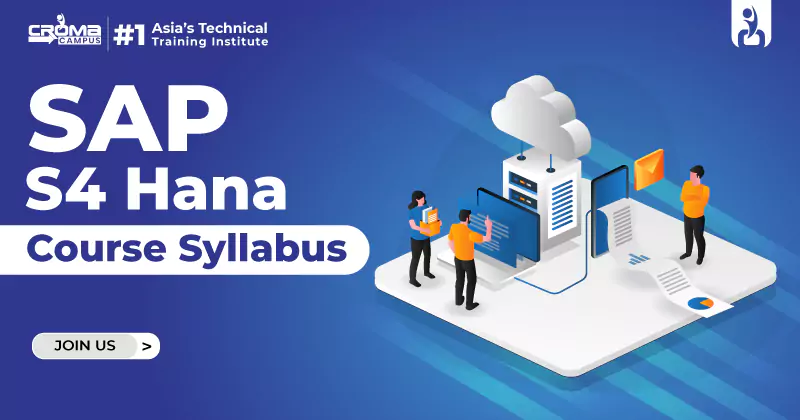
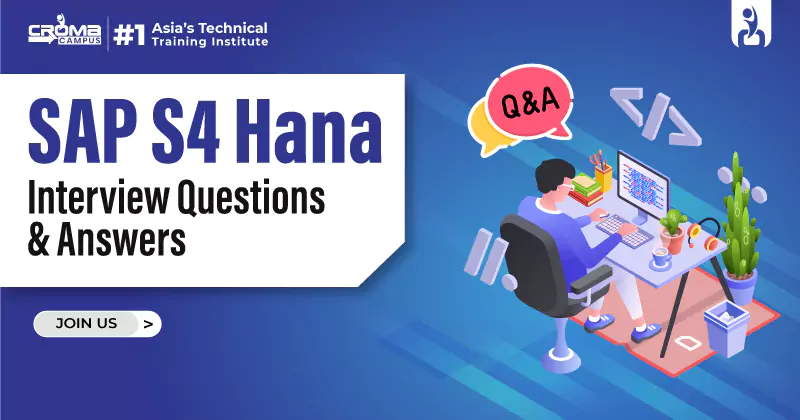









 Master in Cloud Computing Training
Master in Cloud Computing Training